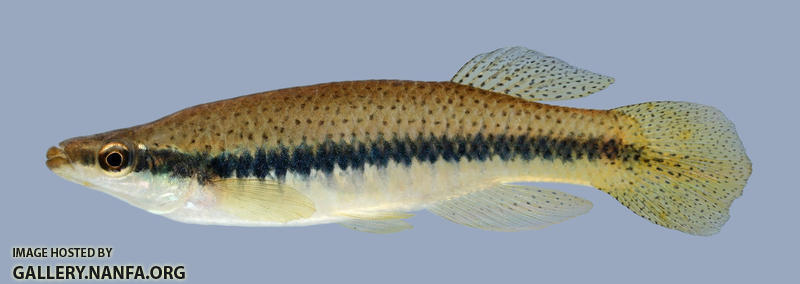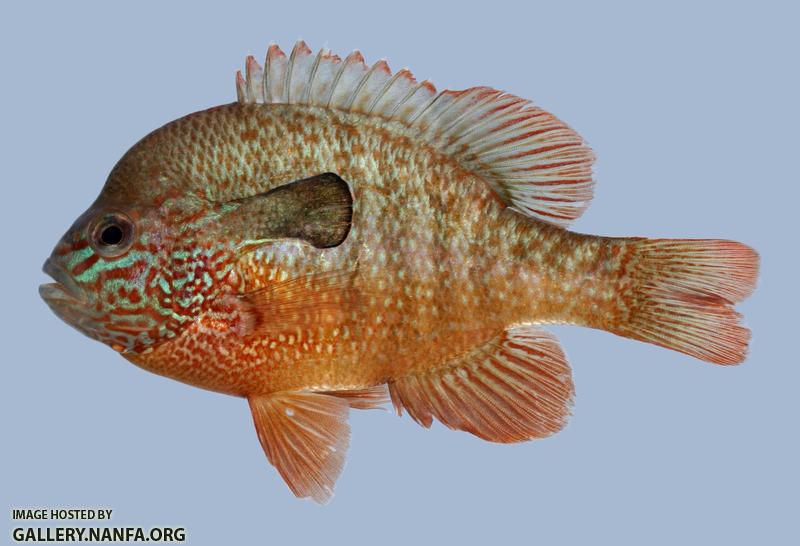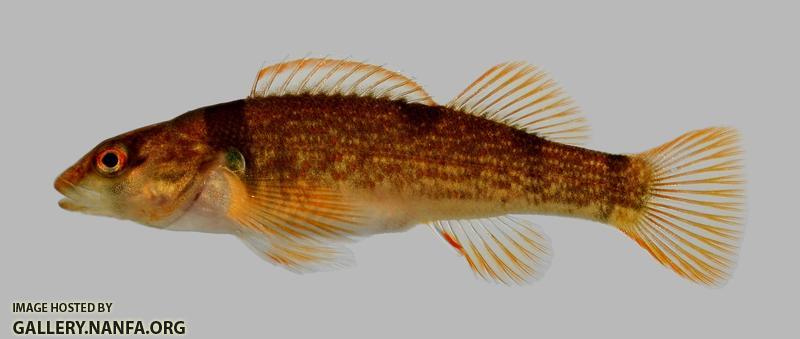Much equipment planning before the trip even began. Cameras needed cleaned and fitted to their new cases, new nets had to be brailed and floated, food had to be planned and packed and all the camping gear had to sorted and somehow fit into my car. With all of the equipment planning, we lacked a single site to actually see fish which had me concerned. My efforts yielded only a single site so I had to get cracking on likely locations since I only had a vision of the fish we wanted to see. After many evenings pouring over dot maps, descriptions and the Missouri Gazetteer, we had the best plan we could muster. It’s generally a bad idea in my opinion to spend hundreds of dollars in food, gas, and licensing without sites but we figured the scenery alone would be worth the trip.
We started out after work on Tuesday evening to begin our much needed trip to find some of the fish in the Ozarks. We drove straight through to Southwest Missouri near the town of Mt. Vernon in the Spring River drainage. Without national parks in the area, camping was limited so we stayed the night in a no-tell motel which is often an adventure in and of itself. Despite being amped up to go fishing in the morning we managed a short but good night sleep. We loaded up with water for the photo tanks, checked out and grabbed some damn weak coffee to get me going to the first site.
Our first “drive over” look at water in the Spring river was a small spring creek feeding a larger tributary near the Newton/Barry county line but not especially inviting so we headed to our primary target which turned to be quite a bit larger than we expected. This made us hunt further and further upstream until we had access. We finally found access and eagerly jumped in the water to find some pretty neat fish but not our targets.
Campostoma anomalum Central Stoneroller
Luxilus cardinalis Cardinal Shiner
Nocomis asper Redspot Chub
Notropis rubellus Rosyface Shiner
Notropis nubilus Ozark Minnow
Pimephales notatus Bluntnose Minnow
Fundulus olivaceus Blackspotted Topminnow
Gambusia affinis Western Mosquitofish
Cottus carolinae Banded Sculpin
Etheostoma blennioides Greenside Darter
Etheostoma flabellare Fantail Darter
Etheostoma spectabile Orangethroat Darter
Etheostoma stigmaeum Speckled Darter
Pretty quickly into this stop while kicking a snarled root mass, Marks face was filled with the terror only a guy with a giant hole in his waders gets. He toughed it out while in the water but once we got to the car, we could see his boots suffered a pretty serious gash. That’s right….first stop on the first day of our trip and we have wader failure in early spring! My first thought is to head back 200-300 miles where we remember seeing a giant catalog sporting goods store but that would clearly blow an entire day. We asked ourselves if Walmart might have waders that could last a trip and then Mark (AKA MacGyver) pulls out a tube of shoe goo. Mark carefully gobs on some shoe goo, we both cross our fingers and pack up our gear. Since we didn’t get what we had hoped for, we decided not to waste time with photos and get a move on to the next stop.
At the second stop, Mark jumped right it the water without much hesitation even though his waders were still in the car with the repair drying. He must have froze his butt off but I don’t recall much complaining until water reached new body parts as expected. The water here was quite clear with fist sized rocks and larger of various color, slab rock with strong current and slow, large pools as well. It didn’t look like much at first but we did pretty well here.
We worked what was essentially a wide waterfall and found many brightly colored Banded and Greenside darters. In shallow water we found a good many Orangethroat darters and isolated pools off to the side were filled with topminnows. Up until then we had not found the Arkansas or Stippled darters until eagle eyed Mark spotted some movement in a tiny trickle from the hillside. He called me over and sure enough he had found Arkansas darters. We worked the trickle up and found a series or warm, shallow pools on slab rock which had not only Arkansas darters but also a fantastic Least darter. Now I catch plenty of Least darters back home, but this is nothing like where I would see them. Sure, plenty of vegetation was present but in such a tiny micro habitat. I’m not sure what Least darters are doing all the way out here.
Campostoma anomalum Central Stoneroller
Chrosomus erythrogaster Southern Redbelly Dace
Luxilus cardinalis Cardinal Shiner
Nocomis asper Redspot Chub
Notropis rubellus Rosyface Shiner
Notropis nubilus Ozark Minnow
Pimephales notatus Bluntnose Minnow
Fundulus olivaceus Blackspotted Topminnow
Cottus carolinae Banded Sculpin
Lepomis cyanellus Green Sunfish
Lepomis macrochirus Bluegill
Lepomis megalotis Longear Sunfish
Etheostoma blennioides Greenside Darter
Etheostoma cragini Arkansas Darter
Etheostoma microperca Least Darter
Etheostoma flabellare Fantail Darter
Etheostoma spectabile Orangethroat Darter
Etheostoma zonale Banded Darter
This was a great stop and one I’ll not soon forget but we did not yet find Stippled darters so we headed off the that first creek we eyed and once again hunted access.
Notropis nubilus Ozark Minnow
Luxilus cardinalis Cardinal Shiner
Fundulus olivaceus Blackspotted Topminnow

Lepomis megalotis Longear Sunfish

More from this site in the next post.














